Designers check into Amsterdam’s Lloyd Hotel for the sophomore edition of Mono Japan

Last week, Mono Japan returned to the Lloyd Hotel & Cultural Embassy in Amsterdam for the second year. This four-day event saw 28 Japanese designers dress the Lloyd’s individually star-rated, intelligently-styled rooms with their handmade novelties.
Wandering the corridors, dodging hotel staff bustling up and down with laundry carts, bedroom doors have been flung wide open, eschewing convention and piquing curiosity. Inside each, we find a diverse bounty of Japanese products. A room in the eaves (complete with a swing hanging from the rafters) has been fitted with rails of dusky hand-dyed shirts from Okinawa-based designer Kitta. On an airy mezzanine, clusters of colourful porcelain vessels from 2016/ Arita create tableware rainbows across benches. Elsewhere, minimal leather bags, purses and trinkets by I Ro Se are displayed seductively across a king-sized bed. This is not your average design fair.
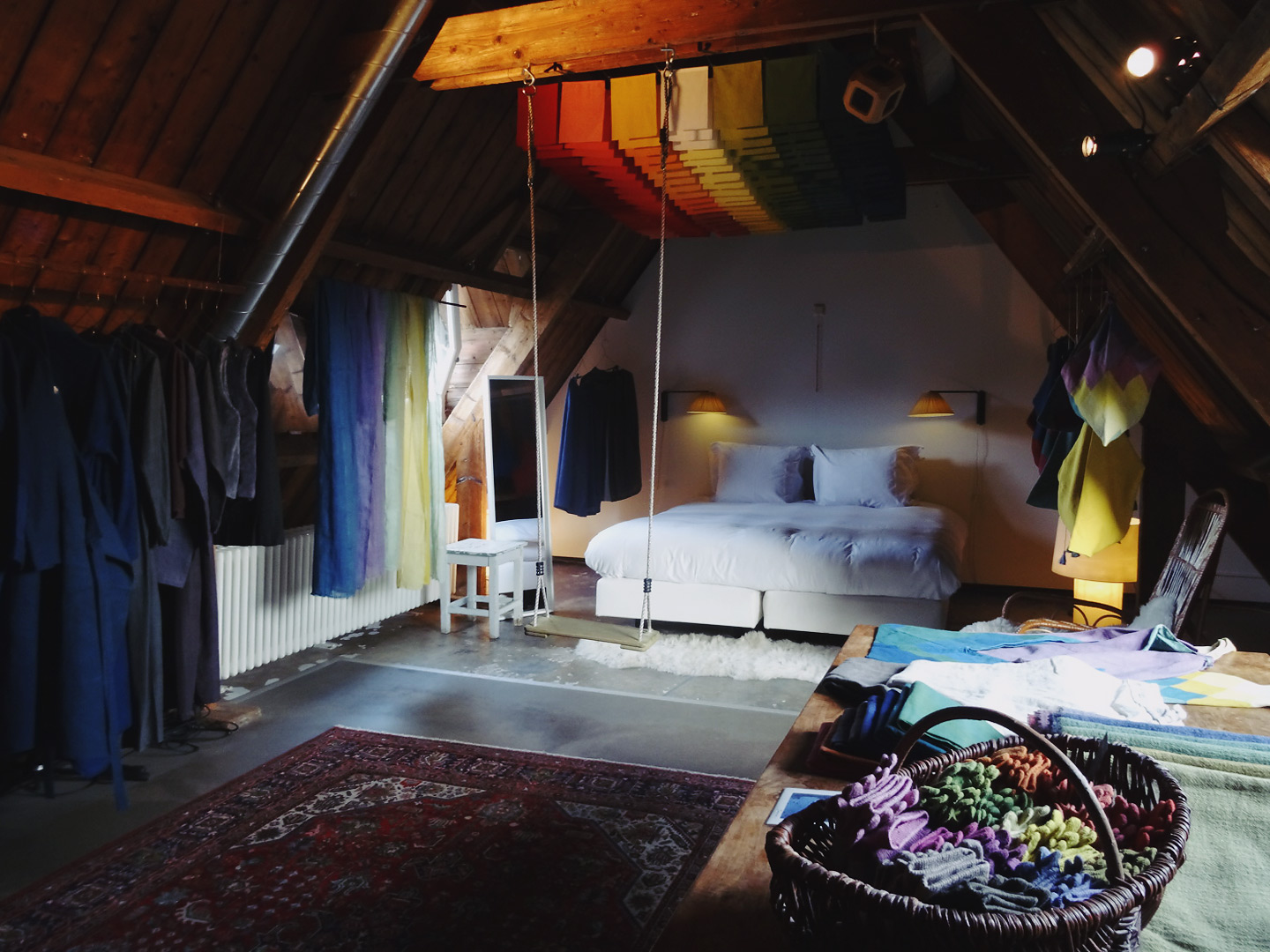
Hand-dyed shirts by Kitta in a hotel room (replete with swing)
Nor is it intended to be, explains the Lloyd’s indefatigable creative director and co-founder Suzanne Oxenaar, who objects to Mono Japan being called a ‘fair’ at all. ‘It is an exposition intended to build upon relationships between designers in our two countries,' she offers. 'We are aiming to set up a platform from which we can better understand how to host, and learn from, our international guests.’
Amsterdam and Japan have a long, shared history when it comes to design. Formal trade agreements were established over 400 years ago, seeing an influx of exotic silks, spices and designs flood into the city; and in 2009, the Netherlands released a commemorative €5 coin to celebrate the relationship. 'The Dutch tend to have an affinity with the simple, functional Japanese aesthetic,' Oxenaar notes. 'It's not so different from the Dutch school movement; it has a midcentury modern feel.' In return, it seems Japanese designers enjoy the hospitality and trade that Amsterdam's boutique-lined lanes and design-hungry locals offer.
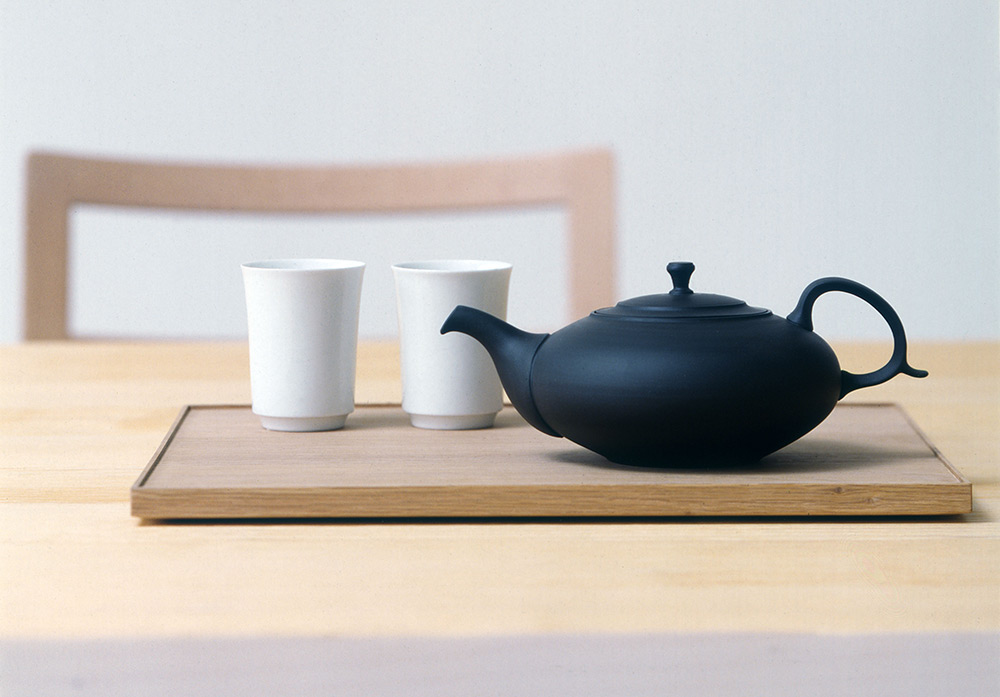
Teapot and cups, by Time & Style
Take Time & Style, for instance, the delicate ceramics of which danced across the roof of a grand piano in one of the more riotously designed hotel rooms. This firm, which creates everything from reasonably priced glassware to wooden furniture, has decided to establish an inaugural overseas flagship in Amsterdam, in a 900 sq ft converted police station (opening 23 March). Oxenaar, who knows better than most the level of local interest in Japanese objects, and who has backed the brand for years, believes the new opening has the potential to do very well.
Inter-continental connections like this make Mono Japan particularly special. Oxenaar and her team have gone out of their way to choose – and befriend – designers who have an interesting angle, charitable focus or heritage. None have a back-story longer than the Tsunagu Sonogi Tea Farmers, some of whom are in their 23rd tea-making generation. Or tableware company Rakuzen – of the Aizu Creative Japan partnership of four brands – which continues a 12,000 year old tradition of Japanese wood lacquering. Made from a tree resin and natural, antibacterial paint, Rakuzen's bowls are resistant to strong acids, and are thought to have healing properties. The designs are brought to life in workshops across Fukushima by elderly people and those with disabilities. The 'unspillable' lacquered sake cup inspired by a round-bottomed Japanese toy is a particular delight.

The 'unspillable' sake cup, by Rakuzen
Aside from Amsterdam's love for the quality, detail and craftsmanship of Japanese objects, there's a more pressing reason why Oxenaar dreamed up Mono Japan, with the director of Mono Japan, Emiko Chujo. ‘The Lloyd Hotel, as it stands today, was created for expositions like this,' she explains, using the positivity, welcome and openness of such events to 'escape the building's past'.
It's no secret that the hotel has a painful history. Oxenaar describes the Lloyd as having a 'heaviness' when she first looked around 20 years ago, before winning a bid to create the culturally effervescent embassy that stands today. Back then, it was near disrepair, being used as artist studios. It has also seen life as a boys' correctional facility, a prison during the German occupation and a sanitary halfway house for immigrants and refugees in the 1920s. It seems the Lloyd was a doomed space from the outset – it bankrupted the company that commissioned it.
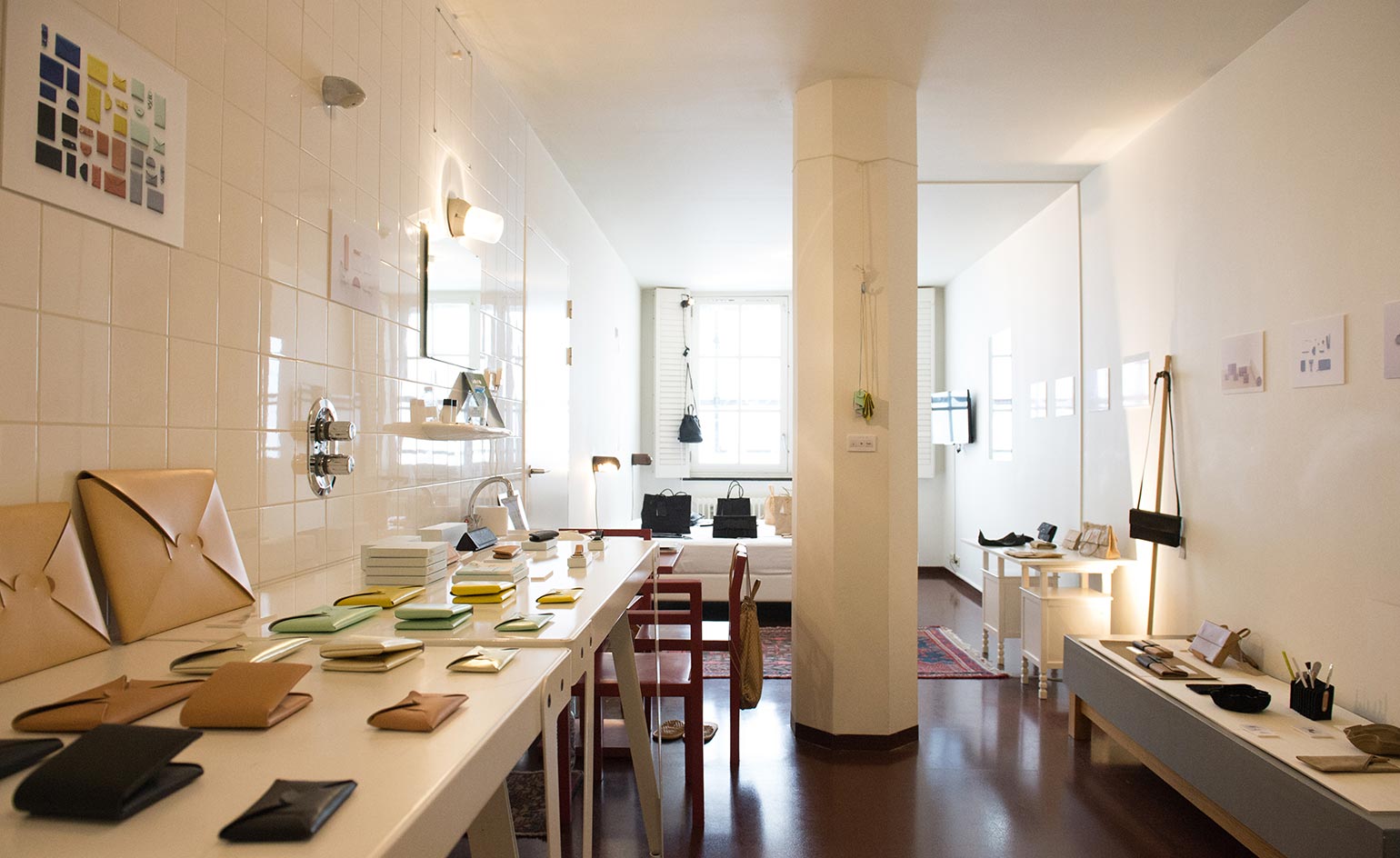
Leather goods, by I Ro Se, at the Lloyd Hotel
But, after some serious feng shui courtesy of MVRDV Architects and an army of over 40 international designers, Oxenaar has managed to cut the cycle of affliction, in a kind of architectural prison break. She even repurposed the surviving cell doors, complete with original locks, to make 12 cabinets now dotted around the hotel. They now contain the museum's archive. In a sense, Oxenaar has imprisoned the museum's history behind the doors that once caged its detainees. It seems apt that for Mono Japan, the doors to usually locked hotel rooms are pitched open, overflowing with story-laden and meaningful objects, filling the corridors with light.

A traditional Japanese tea ceremony took place during the fair
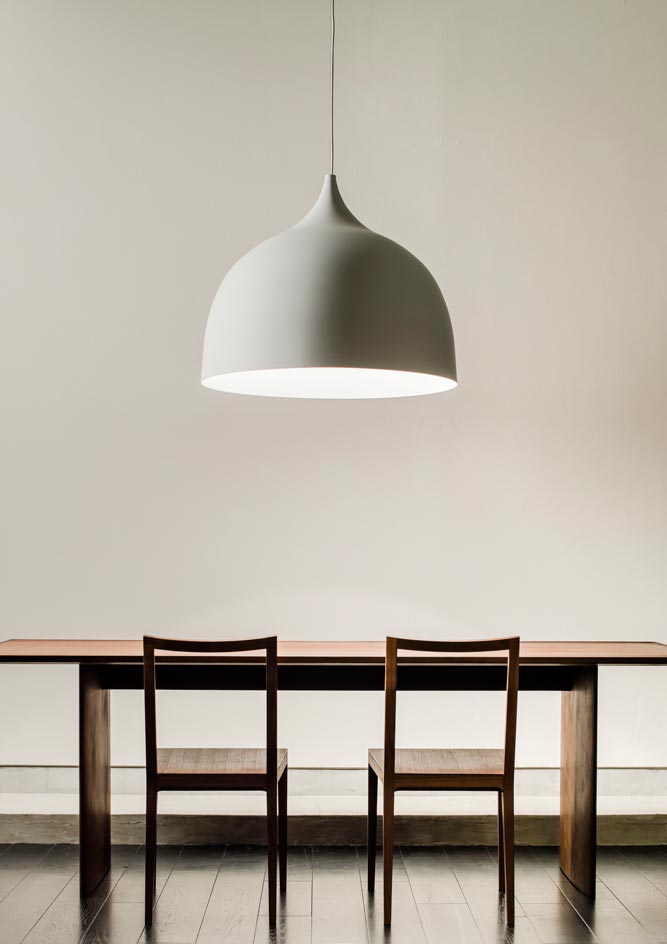
’Bisque’ pendant light, ’Antonio’ chairs’, and ’Lotus’ dining table, all by Time & Style

’HA’ cups, by Maruhiro
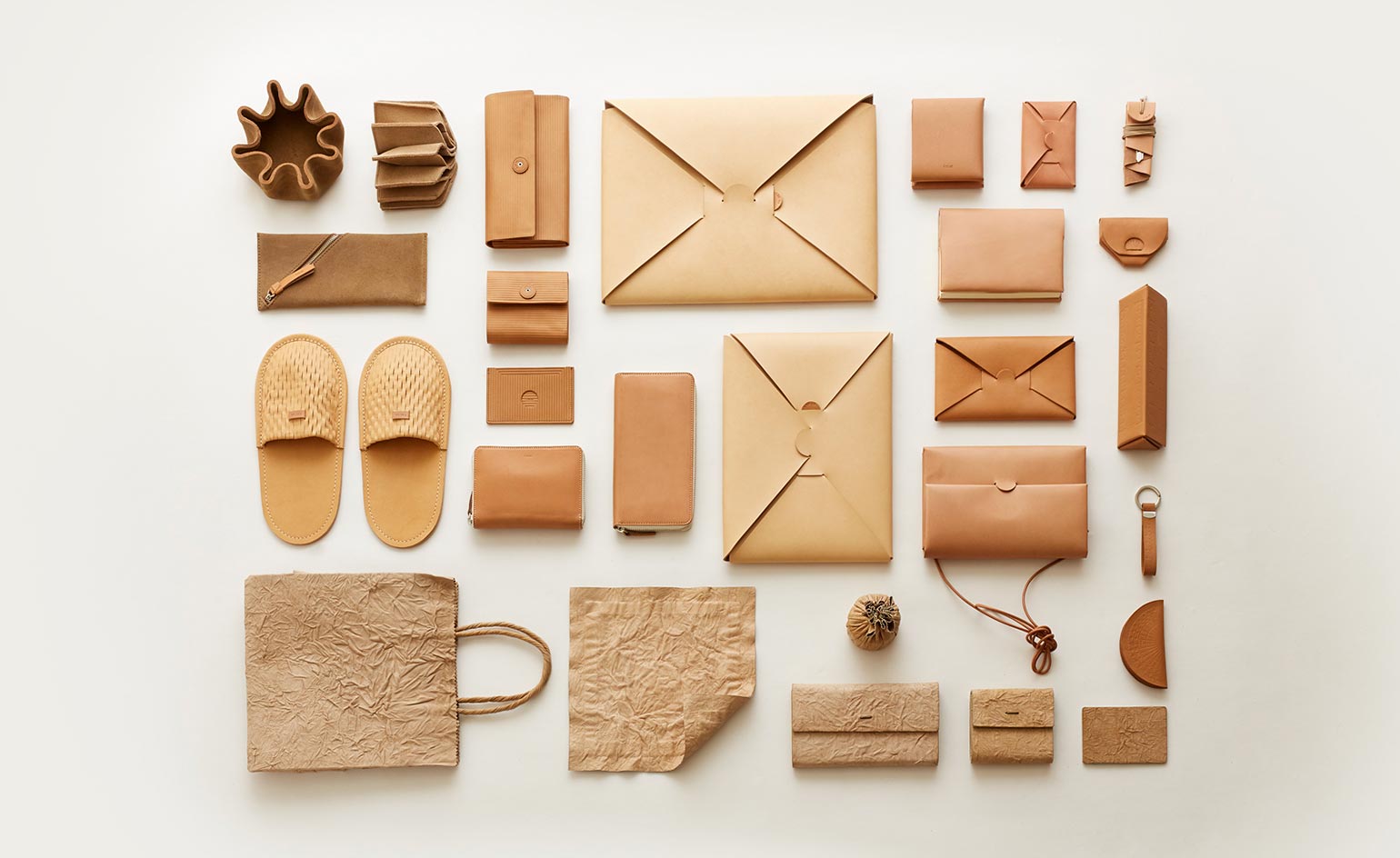
Natural leather goods, by I Ro Se
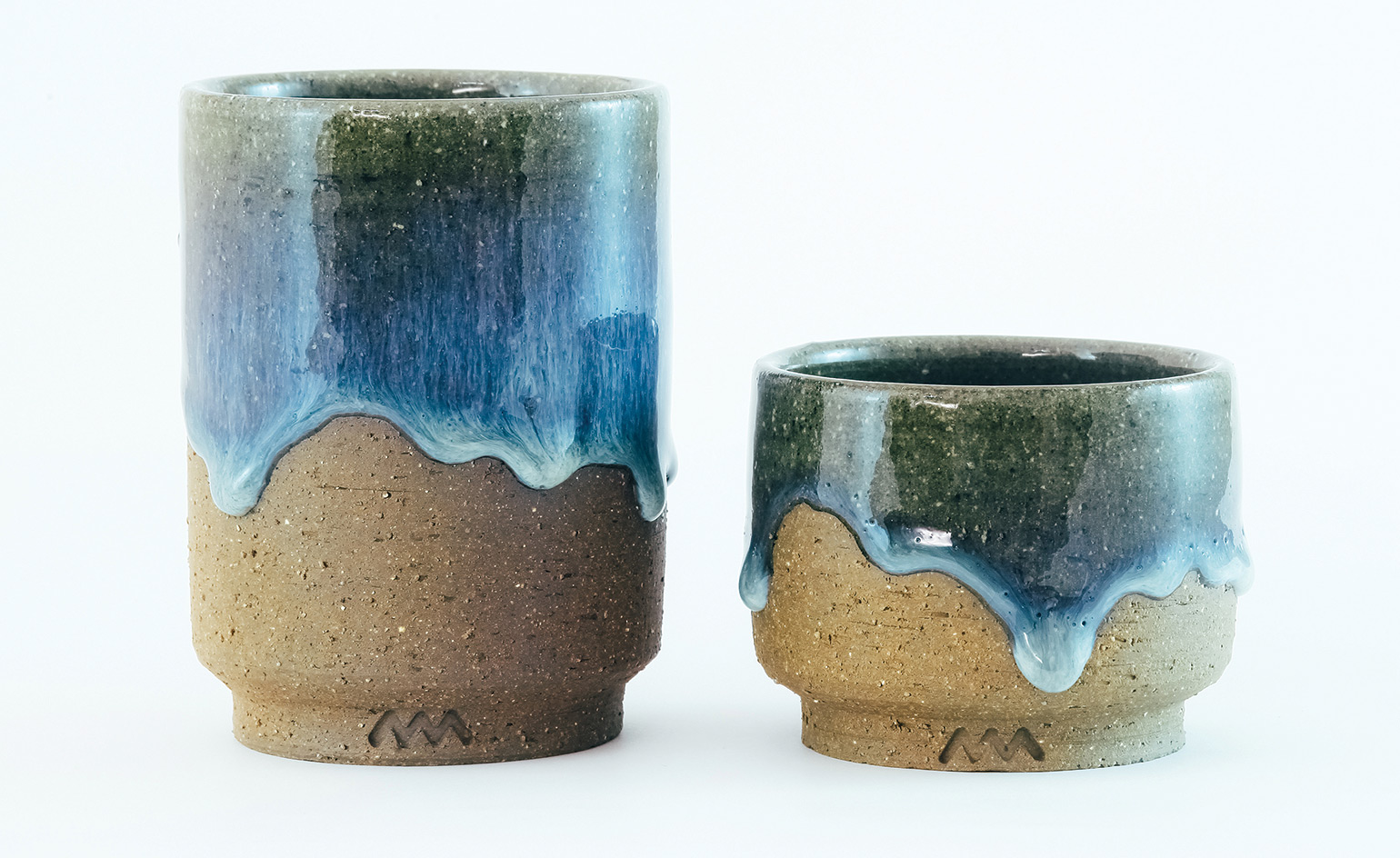
‘Matsushiro-Yaki’ cups, by Asemi Co
INFORMATION
For more information, visit the Mono Japan website, and the Lloyd Hotel website
Receive our daily digest of inspiration, escapism and design stories from around the world direct to your inbox.
Elly Parsons is the Digital Editor of Wallpaper*, where she oversees Wallpaper.com and its social platforms. She has been with the brand since 2015 in various roles, spending time as digital writer – specialising in art, technology and contemporary culture – and as deputy digital editor. She was shortlisted for a PPA Award in 2017, has written extensively for many publications, and has contributed to three books. She is a guest lecturer in digital journalism at Goldsmiths University, London, where she also holds a masters degree in creative writing. Now, her main areas of expertise include content strategy, audience engagement, and social media.
-
 Usher opens up about breakfast playlists, banana pudding and why a glass tumbler is always on his rider
Usher opens up about breakfast playlists, banana pudding and why a glass tumbler is always on his riderOn the heels of a collaboration with Baccarat, the Grammy-winning singer-songwriter breaks down his entertaining tips. 'Hosting is an expression of how you feel about your guests and also who you are.'
-
 The beauty trends that will define 2026, from ultra-niche fragrances to anti-ageing dental care
The beauty trends that will define 2026, from ultra-niche fragrances to anti-ageing dental careAs we enter the new year, we speak to experts in fragrance, skincare, aesthetics, wellness and more about the trends that will be shaping the way we look
-
 The most stylish hotel debuts of 2025
The most stylish hotel debuts of 2025A Wallpaper* edit of this year’s defining hotel openings. Design-led stays to shape your next escape
-
 TEFAF Maastricht 2025 is a brush with wonderfully niche art, design and antiquities
TEFAF Maastricht 2025 is a brush with wonderfully niche art, design and antiquitiesWhat we saw and loved at TEFAF Maastricht 2025 (on until 20 March), from surrealist Claude Lalanne’s daybed and Ancient Egyptian jewellery
-
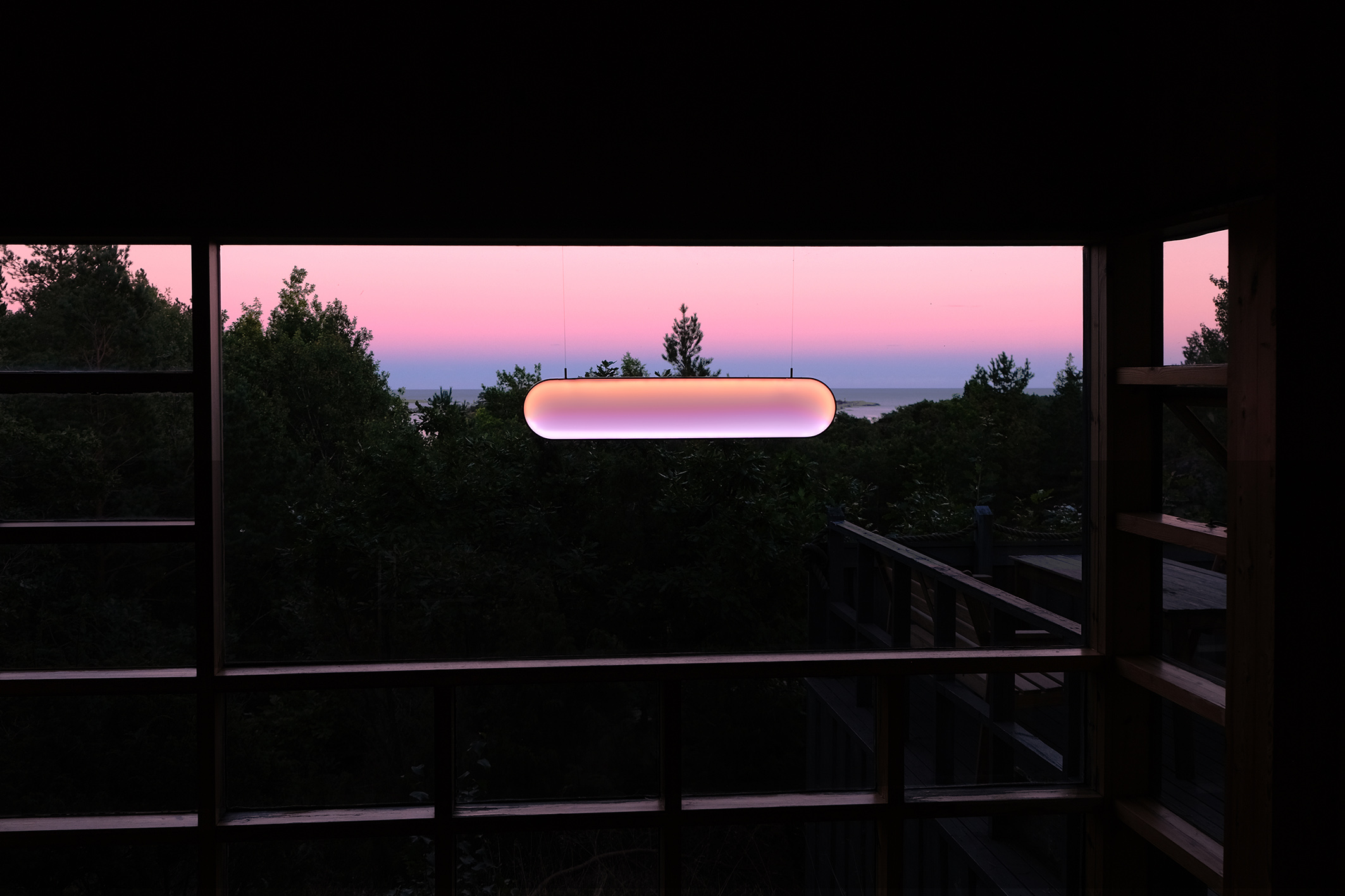 Solar light and modular cabin win Life-Enhancer of the Year: Wallpaper* Design Awards 2022
Solar light and modular cabin win Life-Enhancer of the Year: Wallpaper* Design Awards 2022Marjan van Aubel's ‘Sunne’ solar light and the Space of Mind cabin, by Studio Puisto, Made by Choice and Protos Demos, are the joint winners of this year's Life-Enhancer category
-
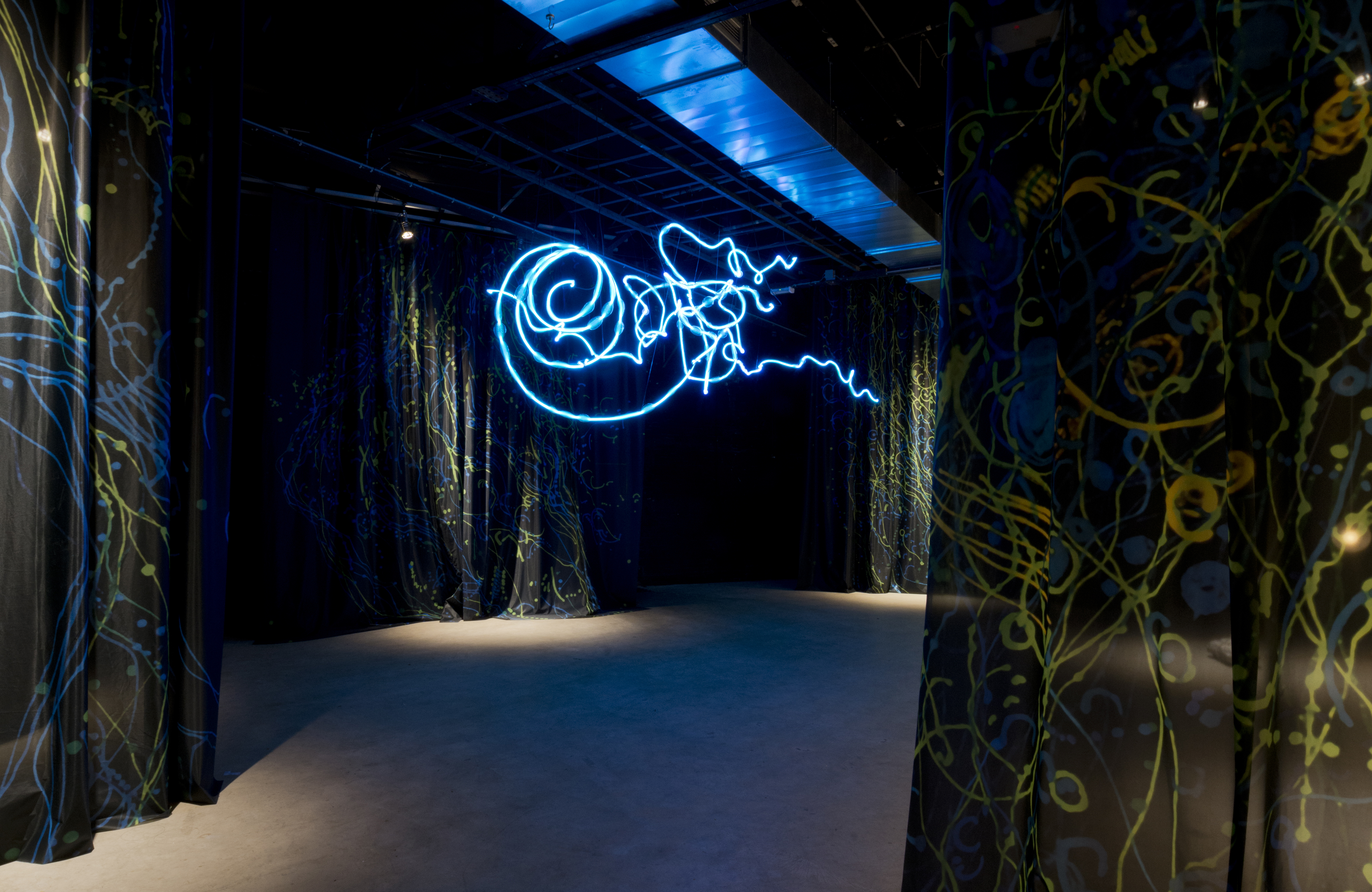 Best of Dutch Design Week 2021
Best of Dutch Design Week 2021After a virtual edition, Dutch Design Week is back for 2021 (until 24 October) with a physical showcase of creative talent across the city of Eindhoven celebrating the design event’s 20th anniversary
-
 Ten years of Muller Van Severen, at Design Museum Ghent
Ten years of Muller Van Severen, at Design Museum GhentA new exhibition by Belgian design duo Muller Van Severen (until 6 March 2022) features a retrospective of the studio’s ten years as well as a curation of pieces from the Design Museum Ghent collections
-
 Dutch Design Week 2020: Ikea’s virtual greenhouse, networking fungi, and rethinking waste
Dutch Design Week 2020: Ikea’s virtual greenhouse, networking fungi, and rethinking wasteMoving its programme of talks and exhibition online (17 – 25 October), the Eindhoven-based design event virtually showcases future-oriented design thinking, material innovation and next generation talent
-
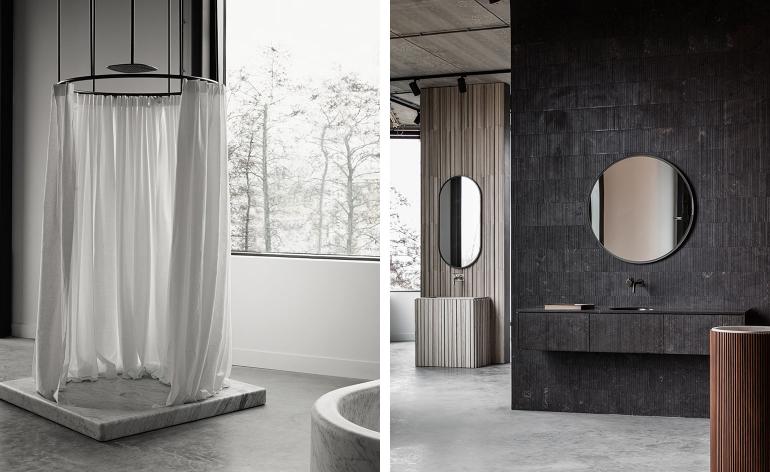 Set in stone: Salvatori opens Dutch flagship with Piet Boon
Set in stone: Salvatori opens Dutch flagship with Piet BoonSalvatori throws open the doors to its first Dutch flagship, inside Piet Boon’s Amsterdam Headquarters
-
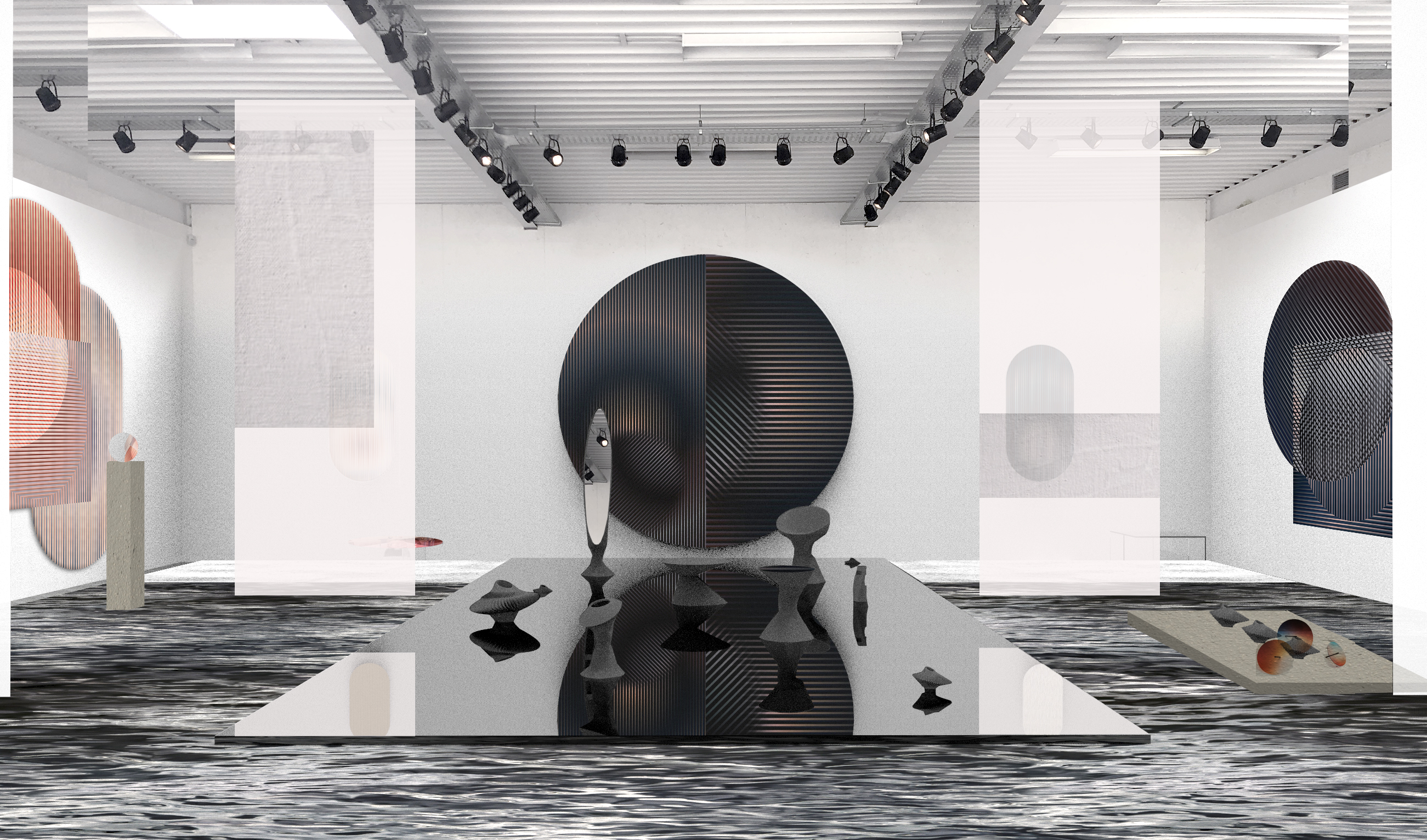 Dutch Design Week 2019 captures the zeitgeist
Dutch Design Week 2019 captures the zeitgeistWhat to expect from the 18th year of Dutch Design Week in Eindhoven, from social design to sustainable innovations
-
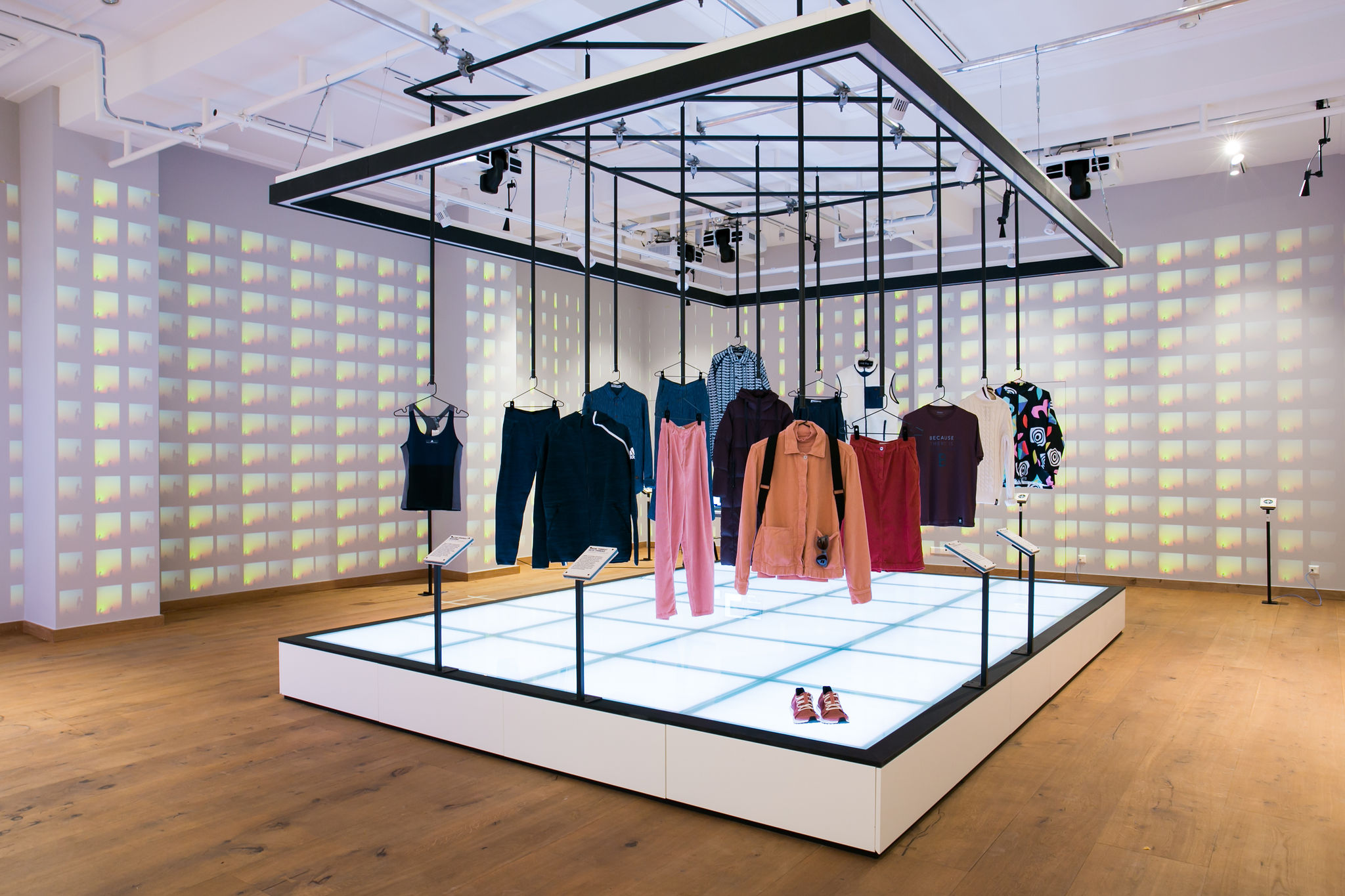 Fashion sustainability explored and rebranded by a new digital experience in Amsterdam
Fashion sustainability explored and rebranded by a new digital experience in Amsterdam